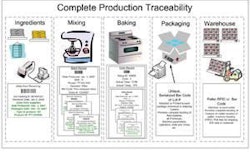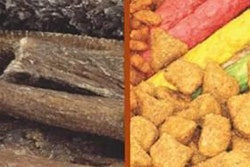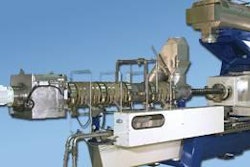This study was conducted to evaluate the effect of camel milk in alloxan-induced diabetic dogs and to follow this effect at different doses. Two groups composed each of four diabetic dogs received raw camel milk (treatment 1) or cow milk (treatment 2); four healthy dogs getting raw camel milk (treatment 3) were used as control. We compared the effects of three amounts of camel milk—100 ml, 250 ml and 500 ml—to treat the diabetic dogs.
The dogs treated with camel milk showed a statistically significant decrease in blood glucose and total protein concentrations. For cholesterol levels, there was a decrease from week 2. There was no significant difference in blood glucose, cholesterol or total protein concentrations in dogs drinking 250 and 500 ml. The dogs treated with 100 ml did not show any significant decrease in these concentrations.
The investigation was not limited to the improvement in glycemic balance, lipids and proteins control in diabetic dogs getting camel milk; we also noted a stability in improvement after the dogs stopped drinking milk. This effect depended on the quantity of camel milk.
Source : A. Sboui et al., 2009. Anti-diabetic effect of camel milk in alloxan-induced diabetic dogs: a dose–response experiment. JAPAN online November 2009. doi: 10.1111/j.1439-0396.2009.00941.x

















